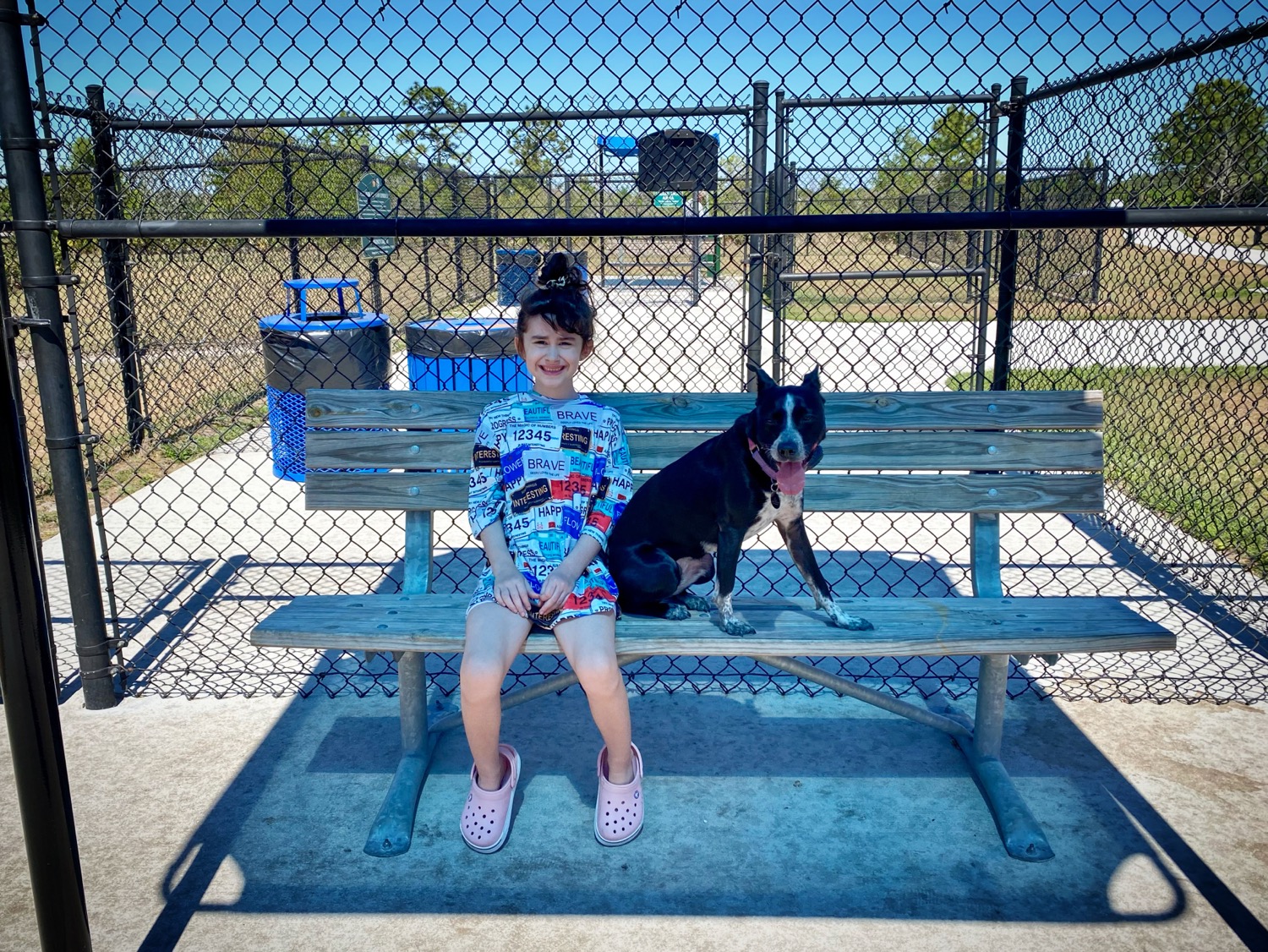Achieving Mastery One Step at a Time: The Art of Setting Realistic Dog Training Goals
- Jason Parks
- Oct 25, 2023
- 3 min read
Introduction Every journey begins with a single step, and dog training is no exception. Setting achievable milestones plays a pivotal role in ensuring a rewarding and successful training experience. This comprehensive guide, tailored for passionate dog owners, delves into the art of setting realistic goals, ensuring that every small victory is not just achieved but also celebrated.
1. The Crucial Role of Goal Setting in Dog Training
Direction and Focus: Clear goals provide a roadmap for training sessions, ensuring systematic progress.
Measurement of Success: Objectives offer a quantifiable way to evaluate progress and identify areas that need further attention.
2. Understanding Realistic vs. Unrealistic Expectations
Realistic Goals: These are achievable milestones based on the dog's age, breed, temperament, and previous training experience.
Unrealistic Expectations: Expecting instant results or setting goals that don't align with a dog's capability can hinder the training process.
3. Benefits of Setting Realistic Training Objectives
Boosted Morale: Achieving set goals motivates both the dog and the trainer, instilling confidence and enthusiasm.
Reduced Frustration: Realistic expectations diminish the chances of frequent failures, thus reducing potential frustration.
4. Crafting Achievable Milestones
Start Simple: Begin with foundational commands like 'sit', 'stay', and 'come'. Mastering these basics sets a strong foundation for advanced training.
Know the Breed: Different breeds have inherent traits. While a Border Collie might excel in agility, a Bulldog may thrive in obedience tasks.
5. Setting the Pace: It’s a Marathon, Not a Sprint • Consistent Progress: Training should be viewed as a continual journey where skills are built upon one another.
• Patience is Key: Some dogs may take longer to grasp certain concepts, and that's perfectly fine. The focus should be on consistent improvement.
6. The Importance of Celebrating Small Victories
Positive Reinforcement: Applauding achievements, no matter how minor, reinforces positive behavior.
Building Confidence: Every small victory boosts the dog's confidence, making subsequent tasks easier to tackle.
7. Adapting Goals Based on Feedback
Read the Signs: Dogs communicate through body language. If they consistently struggle with a particular task, it might be time to reassess and modify the training approach.
Iterative Process: Training is not static. It's essential to be flexible and adjust strategies based on ongoing feedback.
8. Avoiding Common Goal-Setting Pitfalls
Over-Ambition: While ambition is commendable, setting too many goals in a short time can overwhelm both the dog and the trainer.
Neglecting Individuality: Every dog is unique. What works for one might not necessarily work for another.
9. Integrating Fun and Play into Milestones
Training as Playtime: Make sessions enjoyable. Integrate games that align with the training objectives.
Variety is Vital: Introduce new toys and challenges regularly to keep the dog engaged and curious.
10. The Interplay of Environment and Goal Achievement
Consistent Settings: Initially, train in familiar environments to reduce distractions. As the dog progresses, diversify the training locales.
Socialization Goals: Set milestones related to socialization, introducing the dog to different people, pets, and environments gradually.
11. Collaborative Goal Setting with Professionals Leveraging Expertise: Engage with a reputable dog training business to set and review training objectives. Customized Training Plans: Professionals can offer tailored training regimes that align with a dog's specific needs and potential.
12. Documenting Progress: The Joy of Looking Back
Training Diaries: Regularly document achievements, challenges, and observations. This not only tracks progress but serves as a motivational tool.
Visual Records: Videotaping sessions can offer insights into techniques that work and areas that require modification.
Conclusion Setting realistic goals in dog training is an art that requires knowledge, patience, and adaptability. By understanding the individual needs and potentials of a dog, crafting achievable milestones, and celebrating each accomplishment, dog training becomes a rewarding endeavor. Remember, every giant leap starts with a small step. Embrace the journey, celebrate the milestones, and always strive for harmony and understanding. For further guidance, partnering with a dedicated dog training business can be the stepping stone to a harmonious and fulfilling training experience.




Comments